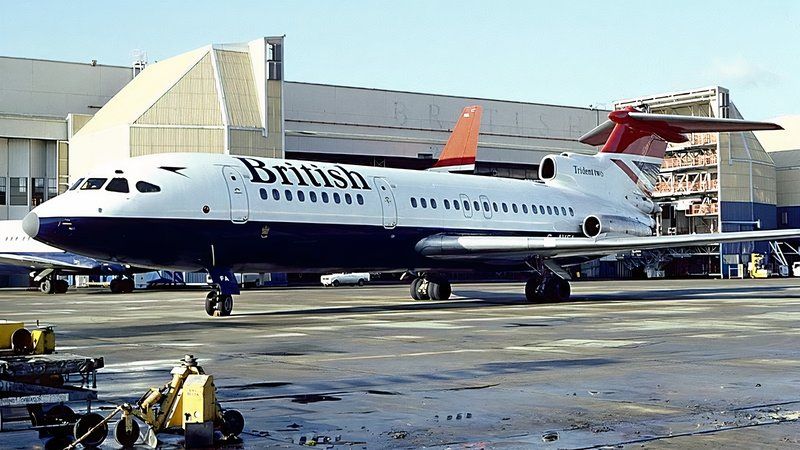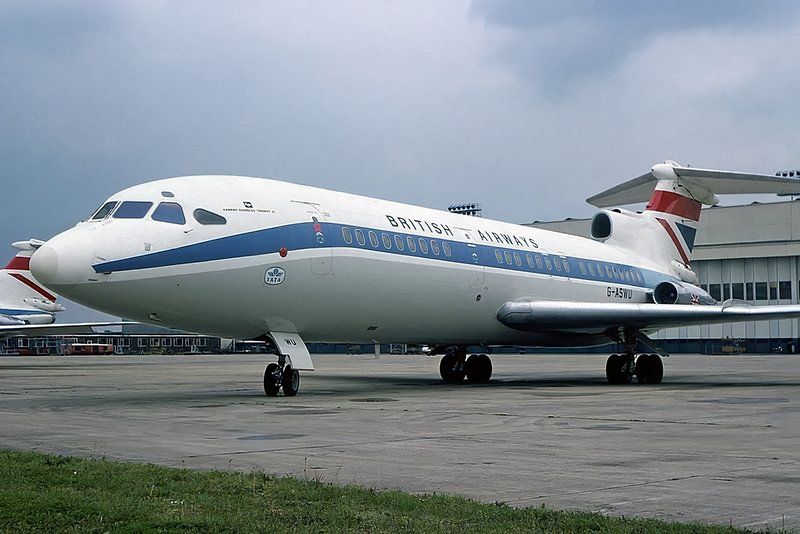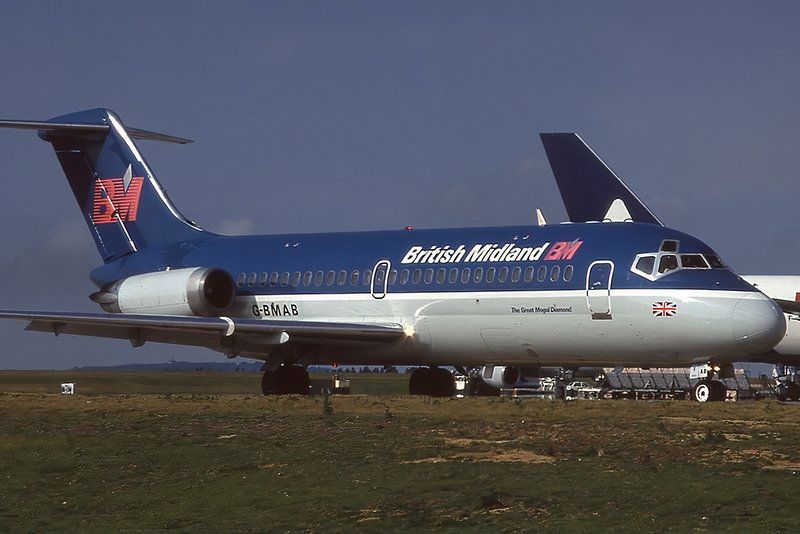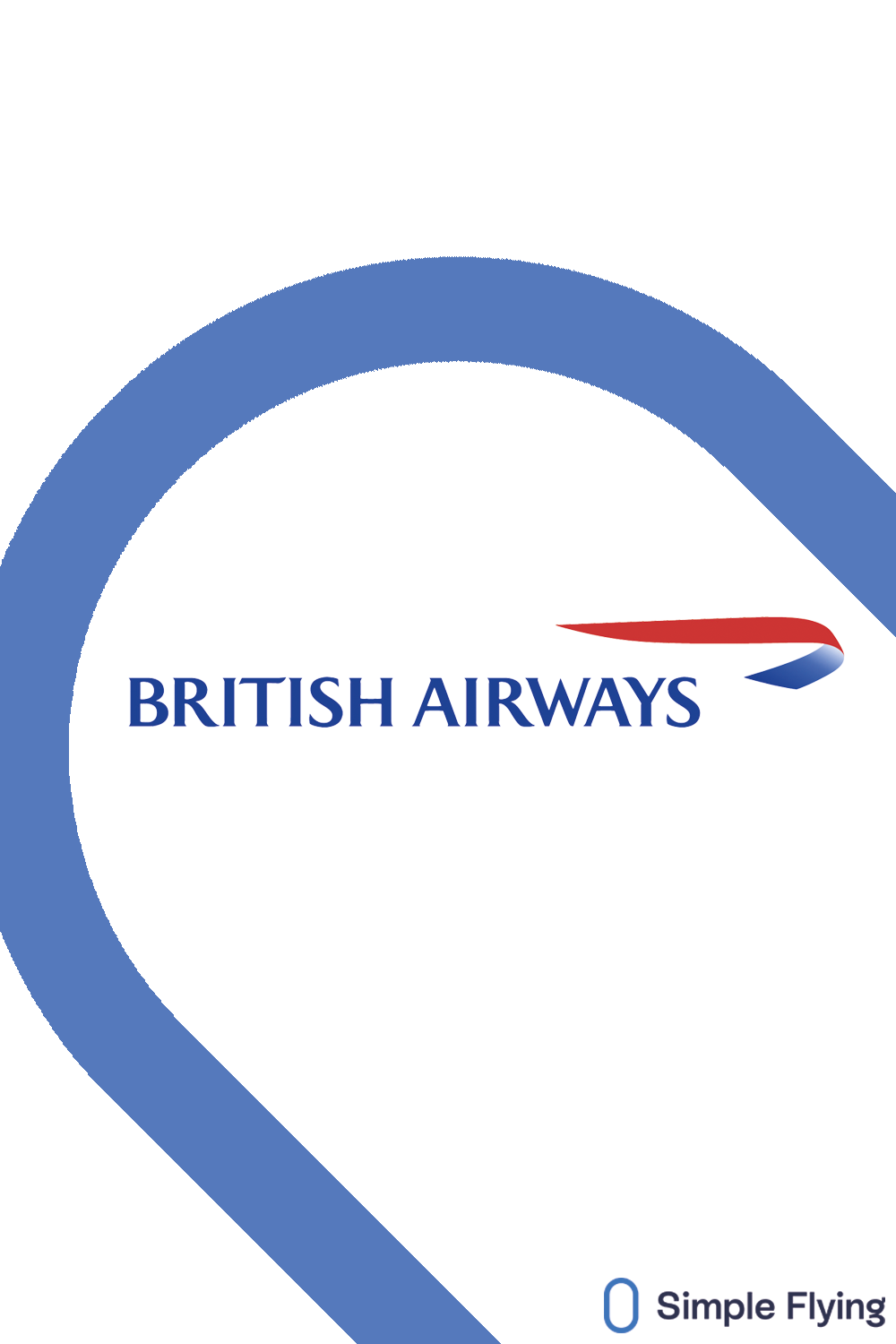Summary
- British Airways launched a walk-on shuttle service from London to Glasgow in 1975, with guaranteed seating.
- Throughout the late ’70s, routes to Edinburgh, Belfast, and Manchester were added due to high demand.
- The success of the BA Shuttle led to the introduction of Boeing 757 and 767 aircraft, but competition eventually led to its discontinuation.
The last time you flew likely required booking well in advance, thinking about what you’d be packing and what you’d be doing at your destination for months leading up to the date you headed to the airport. Once you arrived, you would’ve queued up or checked in online before passing through security and eventually boarding and taking flight.
But what if there was once a time when you could simply show up and get a seat without a reservation? In 1975, British Airways did just that. The airline offered its BA ‘Shuttle’ service, which connected passengers between Glasgow and London every hour between Monday and Saturday and every two hours on Sundays.
The idea was pinched from the Americans, who had pioneered the shuttle service between major East Coast cities, including Boston, New York, and Washington. In the early 1960s, Eastern Air Lines customers could march to some of America’s busiest airports and rely on getting a ticket just before boarding.
London had a similar status as a critical business and financial hub that connected the world, and the airline adopted the shuttle program to its leading domestic destinations. Starting the service from Heathrow to Glasgow, it was expanded to include Edinburgh, Belfast, and Manchester.
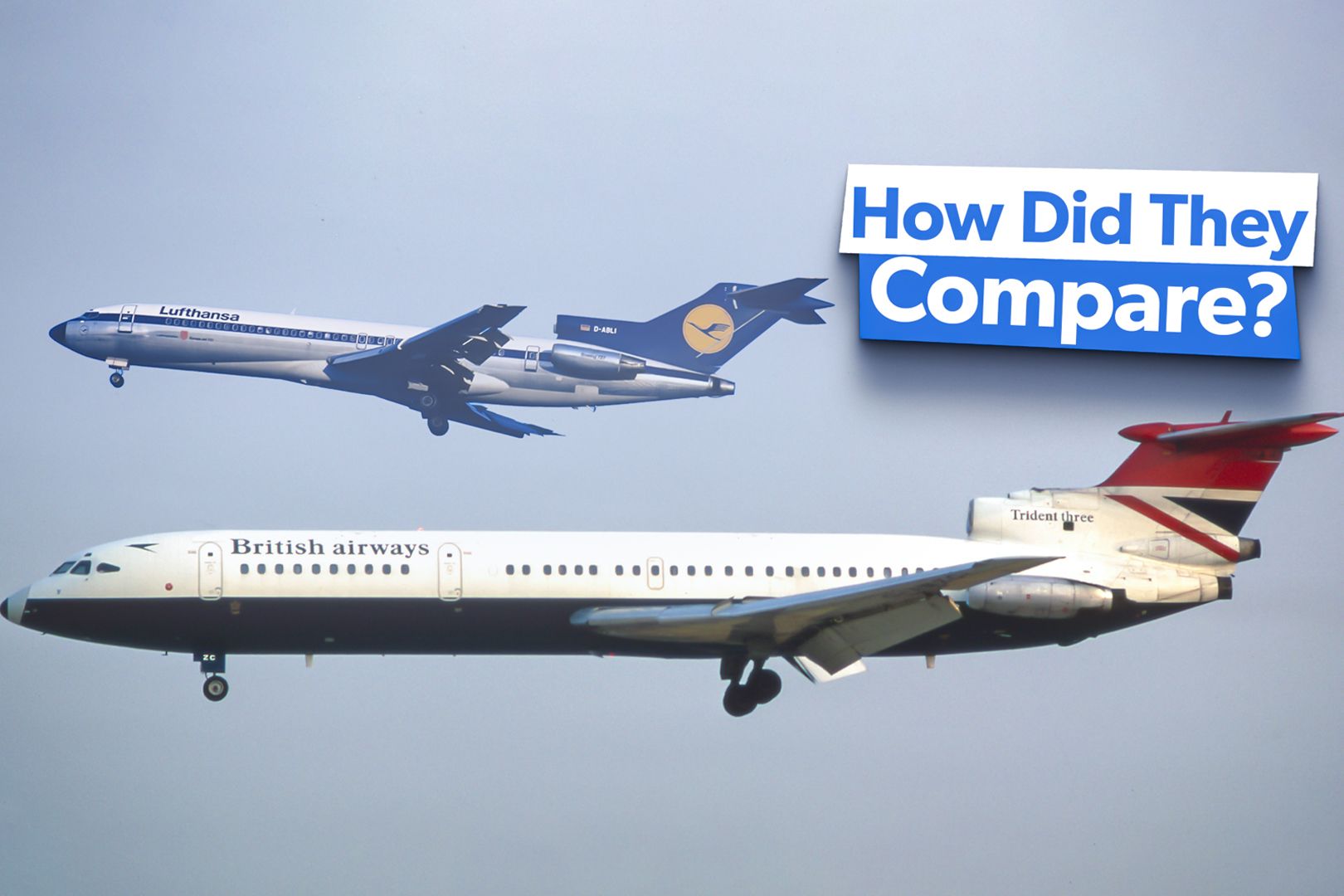
Related
Early Trijets: How Did The Hawker Siddeley Trident Compare To The Boeing 727?
While the two trijets were extremely similar in appearance and performance, the 727 was the more popular, versatile, and enduring aircraft.
Up and away
British Airways launched its first shuttle service on January 12, 1975, introducing Europe’s first walk-on, guaranteed seat flight between the English and Scottish capital. Aimed at convenience, the service was no-frills, the aircraft was configured in one-class, there was no galley configuration, and passengers would not be provided any meals or drinks.
Passengers were only required to show up at the airport ten minutes (imagine that) before departure and were guaranteed a seat. If the plane was full, a spare aircraft was on standby for the extra passengers. British Airways deployed a fleet of Hawker Siddeley Trident 1s with 100 seats on the services.
When the airline first launched the service, it was a big gamble, noting that British Airways lost millions of pounds; however, after just one year of service, the operating losses were halved. Two years later, the service operated in the black and carried over a million passengers. Growing demand for the service led to the expansion of the shuttle network, with the addition of Edinburgh on April 1, 1976, to complement the existing service to Glasgow.
Belfast and Manchester follow suit
With the airline reaping the rewards from demand for the service, two additional routes were added in the late 70’s, including:
- Heathrow to Belfast commenced on April 1, 1977
- Heathrow to Manchester commenced on October 28, 1979
The initial shuttle equipment was the Trident 1s. However, Manchester was operated by One-Elevens. The Trident 3s gradually replaced the Trident 1s and, eventually, the BAC One-Eleven 550s and Boeing 737-200s.
What made the concept work for British Airways was the fact that it could use a fully paid-for aircraft as a backup when extra capacity was needed. However, this was rarely required, and the airline was quick to eventually adjust aircraft to ensure it would manage demand. Christmas was a prime example of when the airline would upscale flights to the Tristar or Boeing 747.
Other players in the market
The success of the BA Shuttle started to shrink in 1982 when British Midland International (BMI) commenced operations between Heathrow and Glasgow up to six times a day using its DC-9s labeled its ‘Diamond Service,’ and dovetailed in between the BA services. BMI started strong with cheaper airfares than British Airways, and additionally, the new competition included food and beverage services onboard. Following buoyant demand, the newcomer expanded services to Edinburgh (1983) and Belfast (1984).
British Airways had to change tactics and announced the’ Super Shuttle’ on August 30, 1983. This saw the fleet upgrade on its routes to the Boeing 757. Breakfast was also added on morning flights, and other flights throughout the day would include a free bar and beverage service. While these additions proved costly for the airline, they only represented 14% of its entire passenger base. The British flag carrier also engaged in a strong marketing campaign, showing a single passenger being treated to the backup plane.
According to British Airways, there was only one instance where a passenger had a backup aircraft to themselves. However, there were multiple occasions when just a handful of passengers used the backup services.
British Airways’ shuttle service was a high-cost but profitable operation for many years. By the summer of 1983, it carried over 2.5 million passengers yearly, one-seventh of all passengers within the BA global network.
Newer, bigger aircraft
With continued success and new aircraft joining the airline’s fleet, the carrier eventually upscaled services to the Boeing 757-200, which could carry over 207 passengers in a one-class configuration. 1989, new 767-300’s were also deployed, with Edinburgh seeing up to three a day. BMI remained competitive in the same market, eventually leading to British Airways not requiring its backup aircraft, and passengers would be provided tickets on BMI services. A reciprocal agreement was established so BMI could do the same.
Shuttle flights continued into the ’90s. However, they eventually lost their uniqueness, and while these routes were integral to British Airways’ short-haul domestic service today, stiff competition from low-cost carriers and, eventually, the shuttle services folded into the carrier’s standard pre-booked operations.
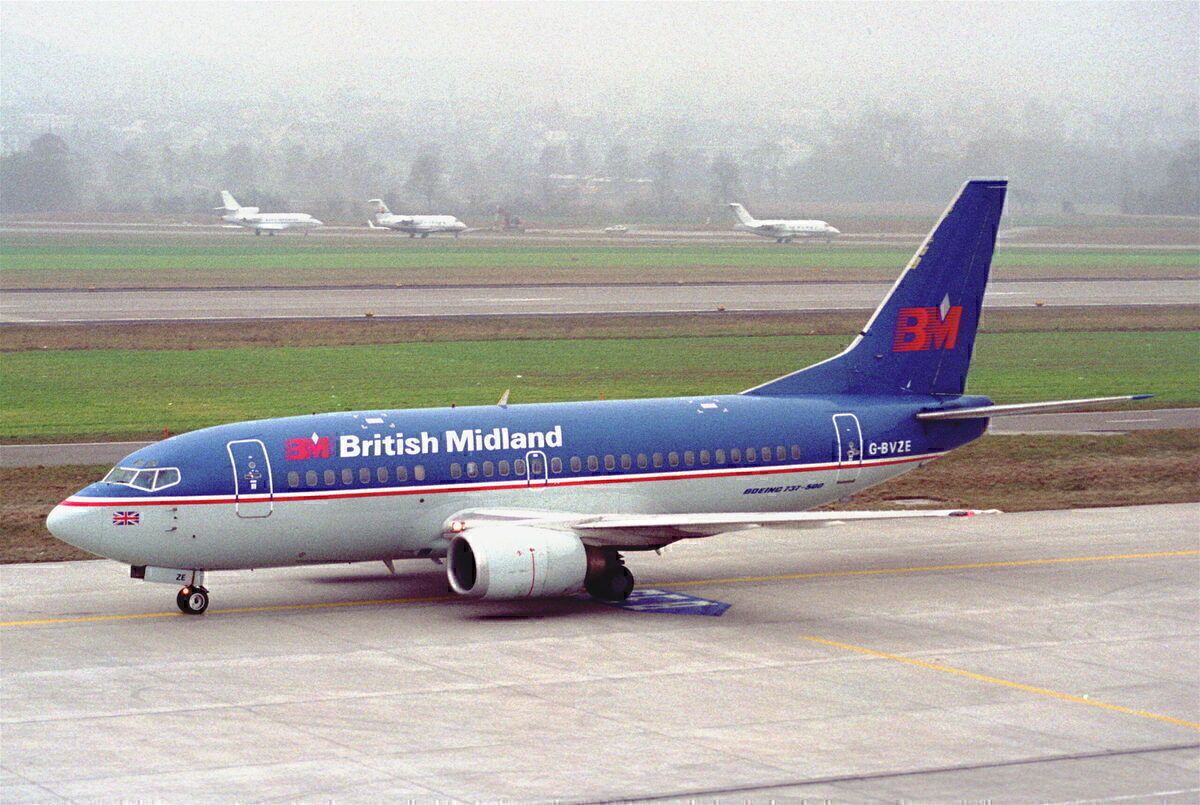
Related
What Happened To British Midland International?

